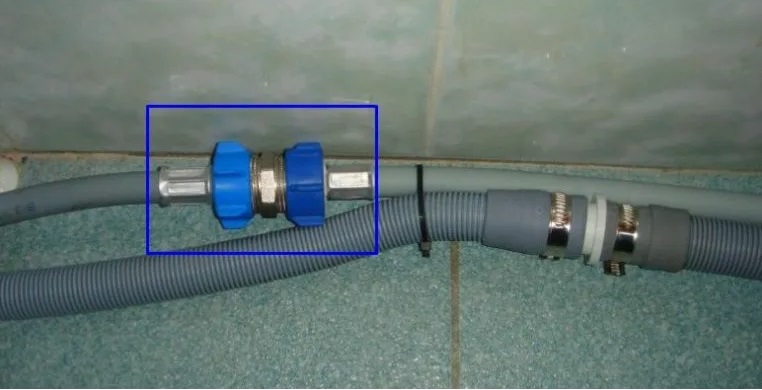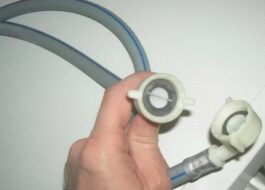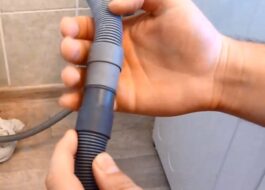How to extend the dishwasher fill hose
 When installing a dishwasher, it is always better to use the original hose. If the part is “original”, supplied with household appliances, then it will be ideal for the device, providing a reliable connection to the water supply. However, after purchasing the device, it may turn out that the length of the filler hose is not enough, in which case you will have to either buy a new, longer one, or lengthen the water supply hose of the dishwasher. The first method is more expensive, but more reliable, and the second is often cheaper, but much more complex and dangerous. How to deal with this problem and increase the length of the part?
When installing a dishwasher, it is always better to use the original hose. If the part is “original”, supplied with household appliances, then it will be ideal for the device, providing a reliable connection to the water supply. However, after purchasing the device, it may turn out that the length of the filler hose is not enough, in which case you will have to either buy a new, longer one, or lengthen the water supply hose of the dishwasher. The first method is more expensive, but more reliable, and the second is often cheaper, but much more complex and dangerous. How to deal with this problem and increase the length of the part?
Extending the water supply hose
Owners of “home help” often resort to dangerous methods of extending the water supply hose, which can lead to leaks. In this article, we will not mention them, limiting ourselves to the only correct option - using factory extension cords, which ensure safety.
These extension hoses look like regular braided hoses, similar to those used to connect a sink faucet. The only difference is that the extension has a ¾" nut on one end and a ¾" barbed thread on the other end to connect to the plastic nut on the dishwasher hose.
An extension hose for PMM can be found in any plumbing store at an affordable price, so this is not only the safest way to increase the length of the filler hose, but also the easiest.
To extend the original filler hose, you only need an adjustable wrench and some tape.Follow our instructions carefully to securely lengthen your sleeve.
- Disconnect the dishwasher from the water supply.
- Unscrew the filler hose from the household appliance connected to the tee providing the cold water supply.
- Strip the edge of the extension hose that will be connected to the water supply, and also wrap FUM tape there.
- Screw the extension hose to the tee, secure the nut with an adjustable wrench so that there are no leaks.
- Now we wrap the FUM tape around the second thread, and then screw the dishwasher hose to the extension hose. Now you don’t need to use a wrench to firmly fix the nut, otherwise the plastic part of the inlet hose can be damaged, so we screw it on ourselves.
After the completed manipulations, you should open the tee valve and check the element for leaks. If the water does not flow, then the extension hose has done its job perfectly. However, these instructions are only relevant if your dishwasher is equipped with a standard hose without the Aquastop system. What to do if your sleeve has leak protection?
If the hose is protected from leaks
You can use the described method for hoses with Aquastop technology, but in such a situation the protection will no longer be effective. This is due to the fact that an ordinary extension hose is not capable of protecting against leaks. In addition, extending the hose creates an additional connection between the elements, which means the risk of leaks only increases. Therefore, all that remains is to accept the possible risk of a leak in the hose, or completely abandon the extension of such an inlet hose.
Service center technicians recommend that you never extend leak-proof hoses. It is much more reliable and easier to purchase a new hose with Aquastop protection, which will be longer than the previous one. This will be more expensive than purchasing an extension hose, but you will not lose protection against leaks, and in the future, you will definitely not have to pay for replacing the floor covering under the PMM.
Interesting:
Reader comments
- Share your opinion - leave a comment
Categories
Washing machine repair


For buyers

For users

Dishwasher

















Add a comment